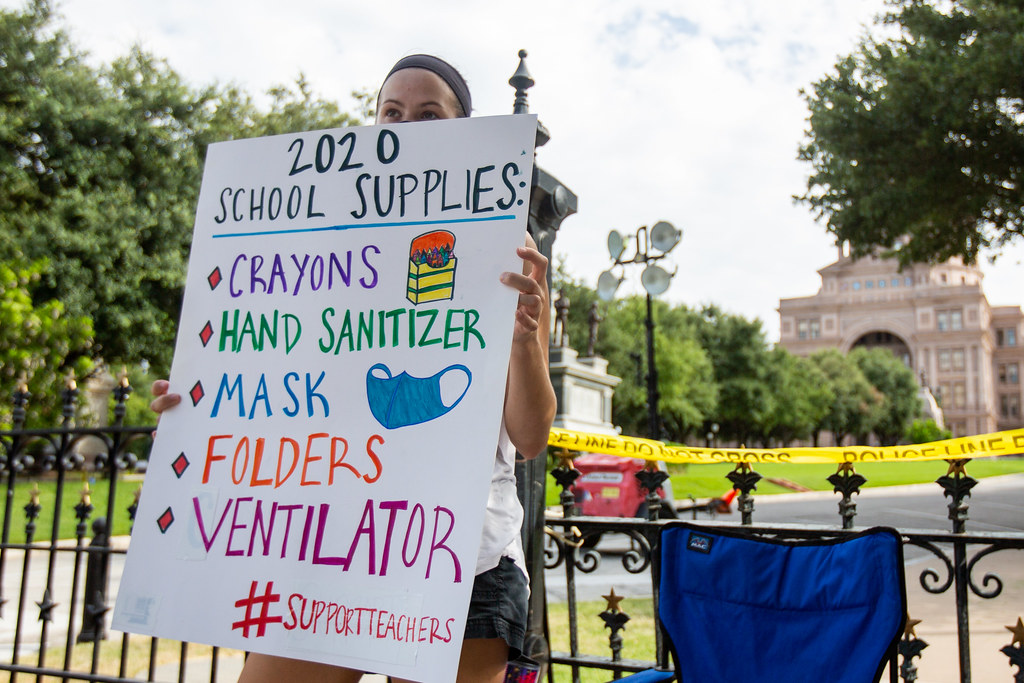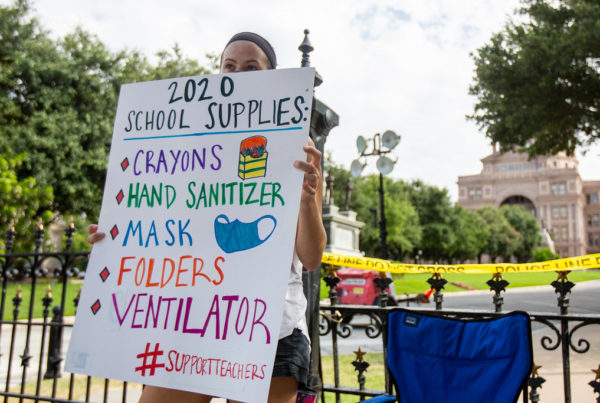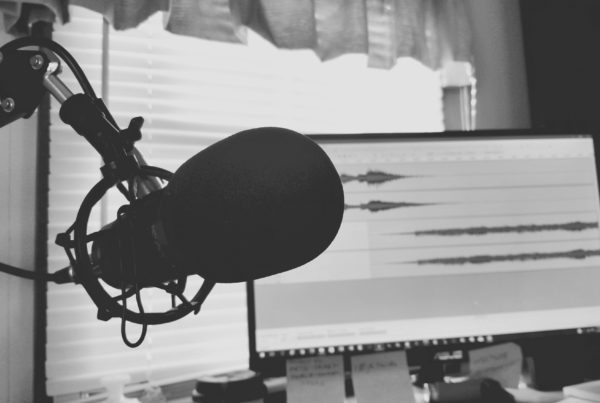In this week’s installment of Ask a Doctor, UT Health San Antonio physician Fred Campbell answers more of Texas Standard listeners’ most pressing questions about the coronavirus.
What’s the best way for teachers to protect their health when they go back into the classroom?
Common social-distancing practices can help. Campbell said teachers could even wear more specialized personal protective equipment like N95 face masks. But that might not be practical for a classroom setting. Ultimately, he said, teachers and school staff have to weigh the risks and benefits of returning to in-person instruction because it will be nearly impossible to do so risk-free. COVID-19, he said, is very likely to spread in schools despite students’ and teachers’ best efforts to prevent that.
Are face shields more effective than face masks, for the general public?
Health professionals often use face shields in high-risk situations like intensive care units. But the average person will likely be protected from COVID-19 by wearing a cloth face covering when they’re out in public. And, Campbell said, masks must always be used in tandem with social distancing and hand washing.
What is a pulse oximeter, and why do Austin health officials think they could be useful for high-risk COVID-19 patients?
A pulse oximeter is a device that fits over a person’s finger and monitors the amount of oxygen in their blood. A reduction in blood oxygen can be an important indicator that their body is in distress from a COVID-19 infection, and that they might need medical attention.
Austin Public Health is distributing 1,000 pulse oximeters to high-risk patients in need.
“It is a very important guide,” Campbell said, “particularly [for] the elderly and people with severe, chronic conditions such as heart or lung disease, cancer treatment.”
But he said pulse oximeters aren’t necessary for the general public. They’re often best used by people at high risk for complications from COVID-19 and are working with a doctor to monitor their health.
Web story by Caroline Covington.
















